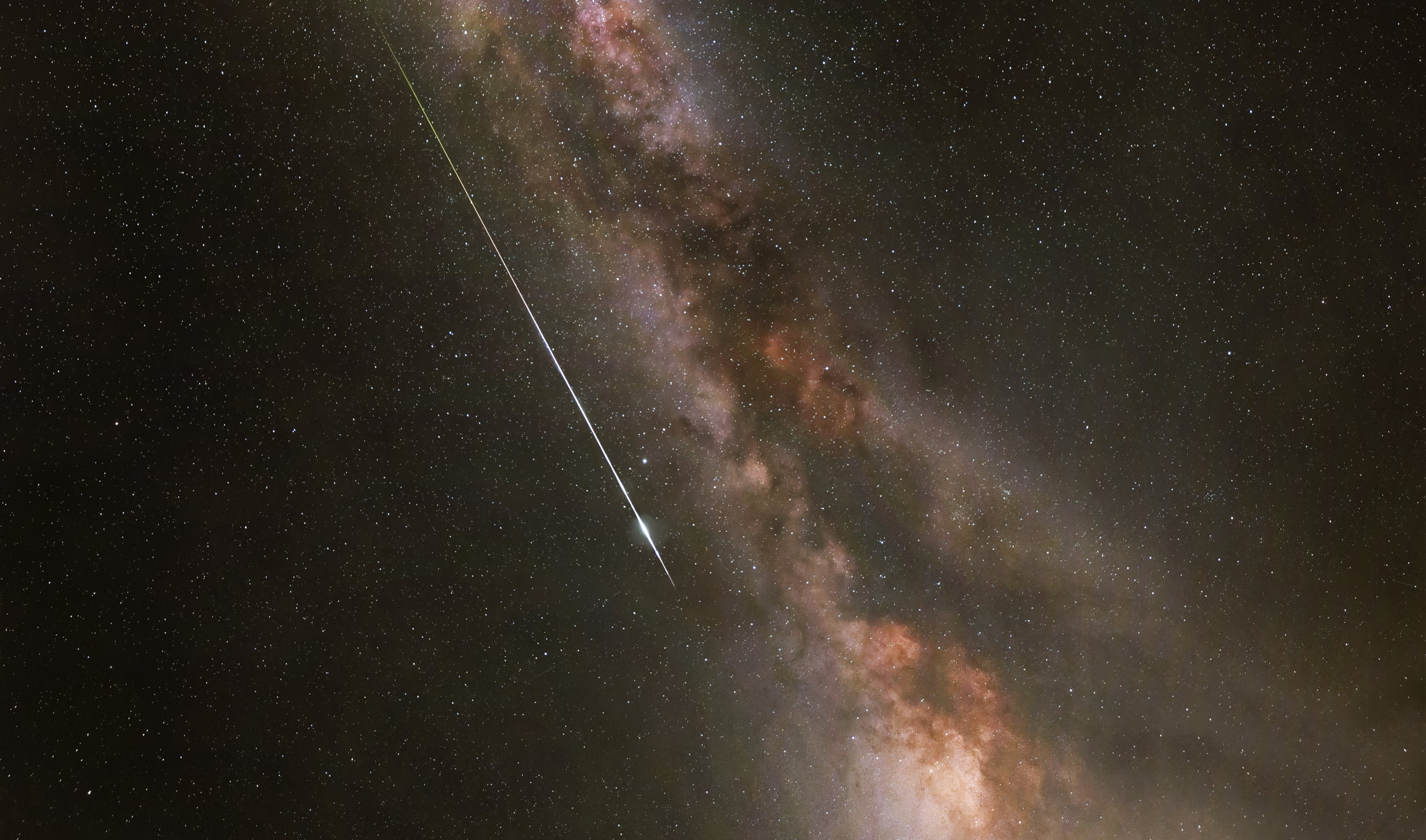FLUX project investigates origin of space dust on Earth

A meteorite specialist at the Vrije Universiteit Brussel wants to map the amount of space dust that has fallen to Earth over the past 500 million years to determine its origin. The FLUX project is a global breakthrough in the study of micrometeorites.
"It's as if we were taking snapshots and then using them to create a new high-resolution image of the dynamic interactions between the solar system and the Earth," says Professor Steven Goderis, who is part of the research group Archaeology, Environmental Changes and Geochemistry.
Over the past 4.5 billion years, the Earth has been continuously bombarded with extraterrestrial material. Initially, it was thought that micrometeorites, or space dust, wouldn't survive the test of time. However, according to Goderis, this assumption is incorrect. He aims to use the analysis of space dust to learn more about the interaction between the solar system and the Earth's surface.
Following a successful conceptual study, FLUX will be the first in history to attempt to recover fossilised micrometeorites from stratigraphic layers of the Phanerozoic era, the period from the origin of life on Earth to the present day.
"This approach aims to unravel the origins of all the space dust and its interaction with the Earth"
"Fossilised micrometeorites serve as an alternative source of information about processes in the solar system. This approach aims to unravel the origins of all the space dust and its interaction with the Earth," says Goderis, who will work on the project with three PhD students and two postdoctoral researchers.
"By combining our expertise in meteoritics, geochemistry and chemostratigraphy, FLUX will provide a better understanding of Earth's position in the context of a dynamic solar system and map the causes and consequences of variations in the flux of cosmic dust to Earth," he says.
© SCIENCE PHOTO LIBRARY RM